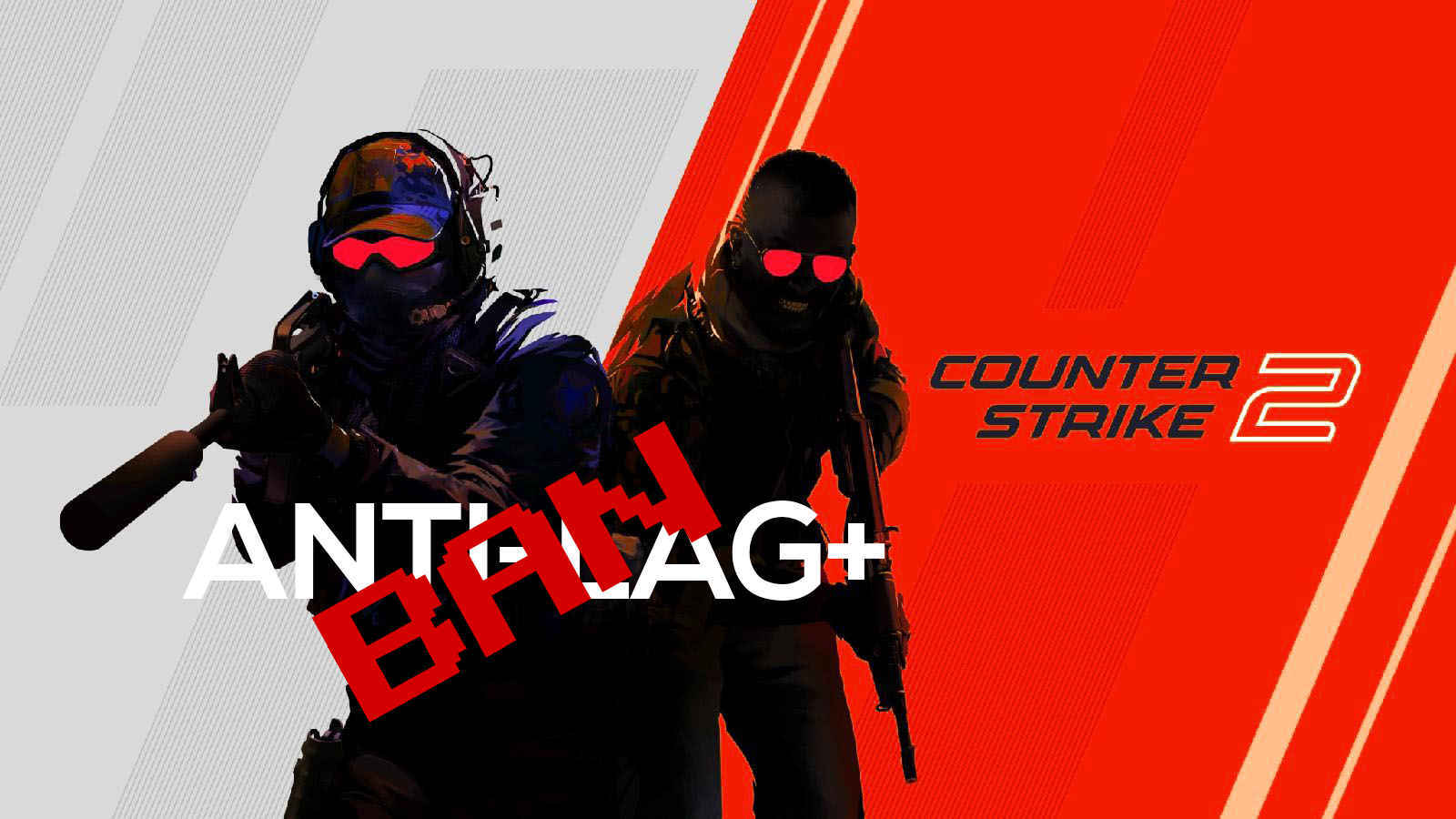AMD has made an oversight in implementing their new technology that poses a significant issue for Counter Strike 2 players who have opted to utilize AMD’s AntiLag+. Recently, AMD introduced a new 23.10.1 driver allowing players to access this technology in the game. However, it has now been confirmed that utilizing this technology can lead to a ban.
Despite Counter Strike 2 being launched just this month, it has already earned attention from all major GPU manufacturers, each offering dedicated graphics drivers. AMD’s most recent release introduced Anti-Lag+, an exclusive feature for the Radeon RX 7000 series, aimed at enhancing responsiveness by optimizing frame alignment within the game’s code.
It has been discovered that manipulating DLL functions with AMD’s technology could result in a VAC ban. Valve may consider lifting the bans only when AMD provides an update for this technology. Until that happens, it is recommended not to enable this technology in the game.
The Anti-Lag+ technology is an improved tech that only works on Radeon RX 7000 series and RDNA3 based products. The tech is available in multiple games but Counter Strike 2 is the only that has reported problems with implementation. The game also supports NVIDIA Reflex technology, but Unlike Anti-Lag+ which works on a driver level, Reflex is incorporated into the game itself.
Tweet from @CounterStrike:
"AMD’s latest driver has made their “Anti-Lag/+” feature available for CS2, which is implemented by detouring engine dll functions.
If you are an AMD customer and play CS2, DO NOT ENABLE ANTI-LAG/+; any tampering with CS code will result in a VAC ban.
Once AMD ships an update we can do the work of identifying affected users and reversing their ban. @AMD"



This shows how Nvidia’s size and money allow it to improve its market position without necessarily having better tech. They may sign deals with game developers to implement Nvidia-exclusive features rather than have to tamper with DLLs and such.
Or…you know… they actually provide a SDK for devs to implement it (unli’e AMD).
Not sure what you mean, obviously they must provide some bindings for developers to actually use their product.
But it’s not enough to offer a solution — you need to get people to use it. Doing it this way means Nvidia has to go out and convince studios to spend the effort, provide assistance if necessary, etc — which plays to its strengths as market leader, because it doesn’t require their product to be better, it “just” requires more employees and business contacts.
AMD, being smaller, instead goes for a riskier lower-level approach that needs less contact with developers, hopefully side-stepping the need to extend resources to drive adoption, because games get the feature “for free”.